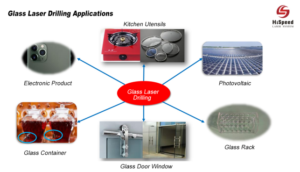Nowadays, we all know what is a drilling machine. Most importantly, we often need it. The device usually utilizes drill bits to bore holes in different materials. However, what if we could drill without actually going through the surface? This is possible with the use of a laser drilling machine. This may be a new method for some of you. Just read this article thoroughly. We hope you would understand the process clearly.
Unlike other methods, laser drilling is a non-contact & high-precision process. The demand for this cutting process is high in many industries. However, this article aims to highlight all this essential information. We hope readers can get sufficient knowledge to understand what laser drilling is. In addition, this guide can also help you choose the best laser drilling machine for your project.
What Is Laser Drilling or Laser Boring?
Laser drilling is also famous as “laser boring.” They are typically high-precision material removal processes. They use the energy of a laser beam to create holes or bores in various materials. That means it is a non-contact & non-mechanical cutting process. Therefore, this method offers multiple advantages over traditional methods.
You can work with a wide range of materials using a laser boring machine. But, the type and thickness of the material may vary. It depends on the specifications of a laser machine. Popular materials include metals, ceramics, glass, wood, or PCBs. In the glass products industry, laser drilling machine for glass is very popular. Besides, PCB laser drilling machine is trendy in PCB product manufacturing. On the other hand, both of these devices are also prevalent in the electronics industry. They are widely used in manufacturing LCDs and sensors. However, you can also consider other materials like paper, leather, and fabrics.
So, when choosing a laser hole drilling machine, you must be careful. Because, the choice depends on the material’s properties, thickness, and desired results. Don’t worry! You can always get help from our customer service section. Just leave your questions and your requirements. Our team will respond as quickly as possible.
Challenges When Making a Hole in Glass
Glass is a solid material made of silica and other ingredients. But there’s a downside to this material. That is, glass is brittle. Because of this particular characteristic, working with glass material can be hazardous. It is highly susceptible to cracking & chipping. It happens especially when you apply certain mechanical stress.
Moreover, glass can experience thermal stress when exposed to heat during drilling. It may create expansion or contraction. Ultimately, it leads to cracks or distortions in the material. You may also face inaccurate hose precision, tool wear, dust & debris, and safety concerns.
Why Choose Laser Machine for Making a Hole in Glass
So, we can imagine the challenges when making a hole in the glass. Let’s see if we can mitigate these problems using laser drilling equipment.
First, we talked about cracking & chipping problems. If you use a laser boring machine, you are giving zero mechanical stress on the glass. This means that laser drilling ensures no cracking & chipping problems.
Regarding thermal stress, laser hole drilling is better than traditional drilling methods. How? The laser cutting method allows precise control over temperature. As a result, it reduces the risk of thermal stress-induced damage in materials like glass. The effectiveness of this control depends on laser parameters and specific applications.
Laser drilling provides more accurate results than other drilling methods. Since it is a non-contact process, it doesn’t require additional drilling tools. Concerning safety, laser drilling provides the best solution. So, considering all these benefits, we can say laser drilling is the best for making holes in the glass material.

How to Drill a Hole in Glass Using a Laser Drilling Machine?
Laser drilling is similar to other laser cutting or marking methods. The only difference is this process creates holes, and the other process creates markings or cutting different shapes. However, laser drilling is a precise & controlled process. It requires careful preparation, machine setup, and a systematic approach to ensure the best results. Let’s find out more.
Preparation
Before you begin, you have to consider two important steps. The first is safety precautions, and the second is material preparation. Let’s talk about the first one. Ensure you have the necessary safety equipment, such as safety goggles and gloves. Safety goggles can keep your eyes safe, and gloves can save your hands from accidents. Now, check the machine ventilation system. Is it working properly? Remember, a ventilation system minimizes exposure to potentially harmful fumes.
Now, focus on the second step. Prepare the glass material that you intend to drill. It should be clean and free from contaminants. Note that these contaminants can interfere with the quality of the laser cutting. Now, securely fix the material to prevent movement during the drilling process. Indeed, ensuring a stable setup is crucial for achieving precise results.
Machine Setup
This step involves three main points. The first one is material alignment. Position the glass material in the laser machine with the utmost precision. Even a slight misalignment can cause inaccurate results. The next step is laser focusing. In this case, use the machine’s optics to focus the laser beam on a specific drilling location on the glass. Controlling the spot size & intensity is also necessary. It helps achieve the desired hole dimensions.
The third step is choosing the right laser drilling parameters. Select the appropriate laser parameters for the job. It may include laser power & pulse duration. Please pay attention here. These settings influence the heat generation during the operation. As a result, It plays a crucial role in minimizing thermal stress.
Drilling Process
Once the setup is done, start the process. This step also involves three individual stages. The first one is the material ablation stage. During the operation, the machine produces intense heat that melts the glass. In this way, it effectively removes material from the hole location.
Now, continuously monitor the drilling process. This ensures that the hole is forming according to the desired dimensions & specifications.
After making a hole, this stage may require appropriate cooling techniques. It depends on the specific application & thermal stress concerns. This stage helps control temperature gradients. It also reduces the risk of stress-induced cracking.
Laser Drilling Machine for Glass: The Best Laser Cutting Machine for You

If you are looking for an appropriate laser drilling machining for glass, consider this model. HiSpeed laser drilling cutting machine comes with the JPT series Laser source. HiSpeed Laser is one of the world’s most popular laser drilling machine manufacturers. Their machines are comparatively higher quality and more cost-effective than other brands.
The mentioned laser device offers a water-cooling design with stable performance. This model also provides high drilling speed, efficiency, and precision. The tolerance range is possible up to 0.01mm.
This model is widely popular in the glass industry. They are often found in the production of LCD screens and plasma screens. However, this device is also popular in thin ceramic and silicon chip marking.
If you are looking for a stable and efficient device, this laser drilling machine is the best. We recommend this model for all sorts of drilling operations on glass. Learn more about their capabilities from our customer service teams.
Frequently Asked Questions
What is the difference between mechanical drilling and laser drilling?
Mechanical drilling uses physical tools to remove material. It often causes burrs and thermal stress. Laser drilling, on the other hand, uses a focused laser beam. It provides precision, cleanliness, and reduced thermal stress.
How accurate is laser drilling?
Laser drilling is highly accurate and capable of achieving high precision. It provides exceptional control over hole dimensions. In addition, it can meet tight tolerances (0.01mm). As a result, laser drilling is ideal for various precision applications.
How deep can a laser drill?
The boring depth of a laser depends on factors like laser power, material type, and the specific laser system. Typically, lasers can drill from micrometers to several millimeters deep.
What type of laser is used for laser drilling?
Various lasers, including CO2, YAG, and fiber lasers, can be used for laser drilling. The choice depends on material, precision, and other requirements.
Expert Advice
We are now at the end of the article. The article has covered all the necessary information related to laser drilling machines for glass. Besides, it also gave you an appropriate laser drilling machine for glass that might suit your growing business. Now, it’s essential to know how you find the best among many. The answer is in the following discussion.
#1 Material Compatibility: Ensure the machine is compatible with the type of glass you are working with. Note that different glasses may have varying properties.
#2 Machine Specifications: You should focus on a few factors here. These factors include laser type & power, precision & tolerance, and cooling & temperature control. Besides, you can also consider the automation & controlling features of the device.
#3 Software & programming: Check the software capabilities. Is it capable of programming hose patterns and dimensions? Can it monitor and adjust the drilling process?
#4 Cost & Budget: Balance the machine’s capabilities with your budget constraints. In this case, you can consider the initial purchase price and ongoing operational costs.
Above all, if you have any questions, feel free to contact us. Whether you are looking for a solution or want to purchase a laser device, you are always welcome here.
